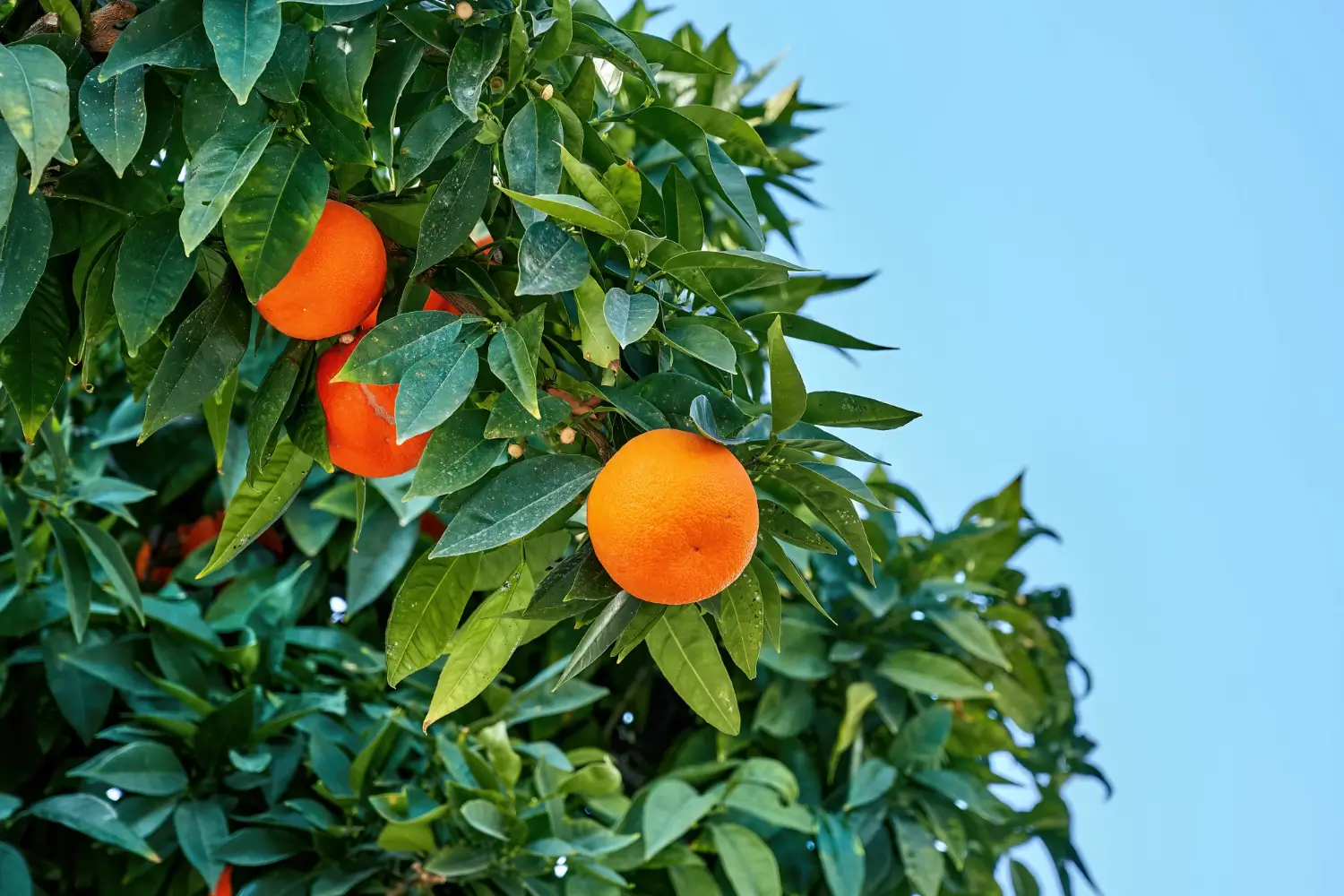
Soil Health & Fertilization
We unite suppliers and green industry professionals worldwide
Radishes are an excellent choice for those who want to see the fruits of their labor coming so fast
By Victor Miller
|Published on June 12, 2025
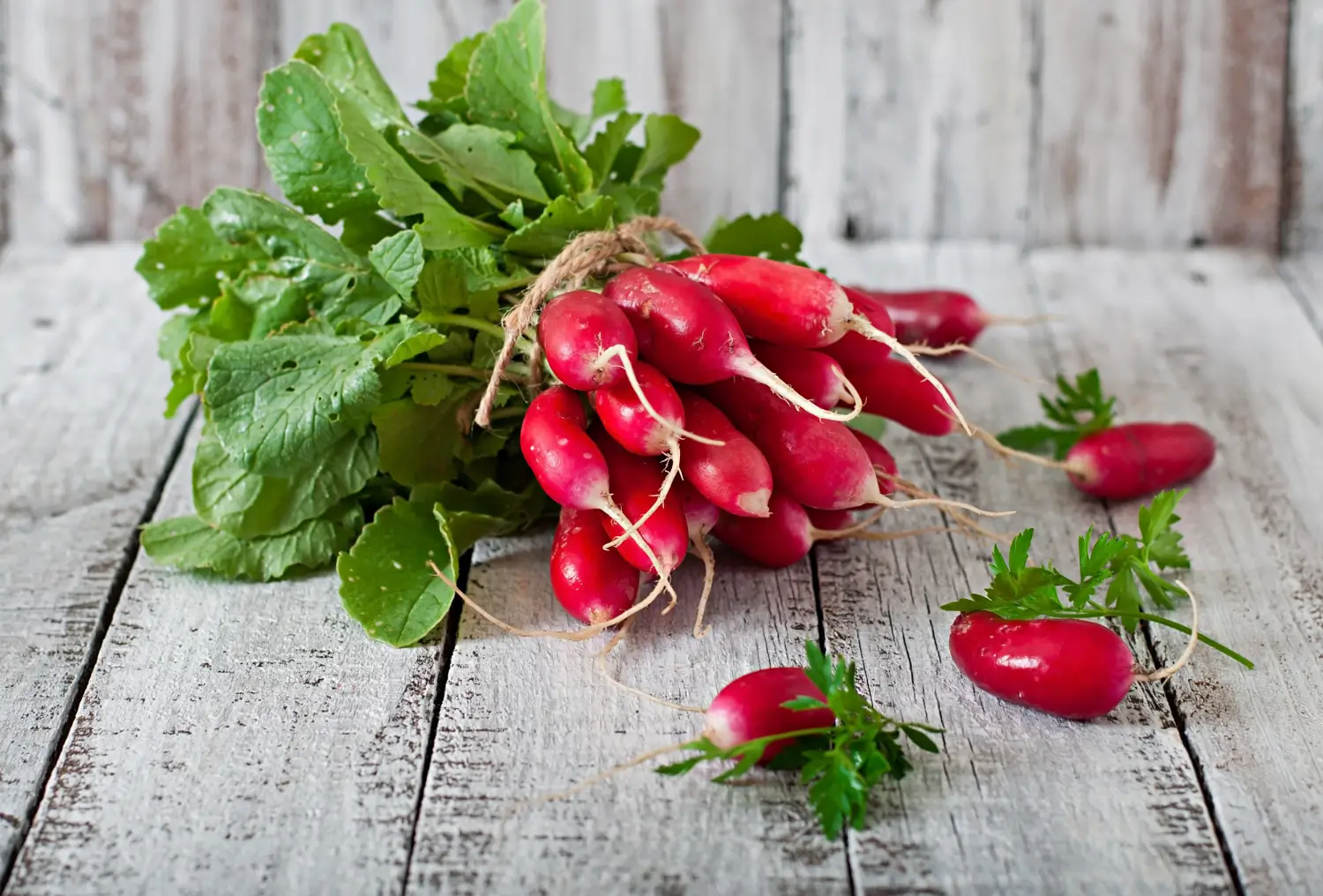

Have you ever grown something that sprouts before your eyes and delivers a satisfying crunch in just a few weeks? Radishes are an excellent choice for those who want to see the fruits of their labor coming so fast. These colorful, spicy roots grow quickly and add a delightful, crunchy bite to salads, sandwiches and beyond. With their low maintenance growing needs and rapid turnover, radishes are a great option for both novice gardeners and seasoned green thumbs.
Radishes are not only easy to grow, but they also do well in all sorts of climates, meaning gardeners everywhere can enjoy them. From the moment they pop out of the ground, to their crunchy finish, radishes are a gratifying crop to grow and enjoy.
| Common Name | Radish |
| Botanical Name | Raphanus sativus |
| Plant Type | Root vegetable |
| Hight/Spread | 6 to 18 inches tall, 2–3 inches wide |
| Sunlight needs | Full sun to partial shade |
| Soil requirements | Loose, well-draining soil |
| Watering Needs | Regular, consistent moisture |
| Bloom Time | Late spring to early summer (but usually picked before blooming) |
| Hardiness Zones | 2-10 |

September 25, 2025
9 minute read
September 24, 2025
9 minute read
September 23, 2025
10 minute read
September 22, 2025
9 minute read


Join as a seller and connect with thousands of B2B buyers nationwide!
Sign Up
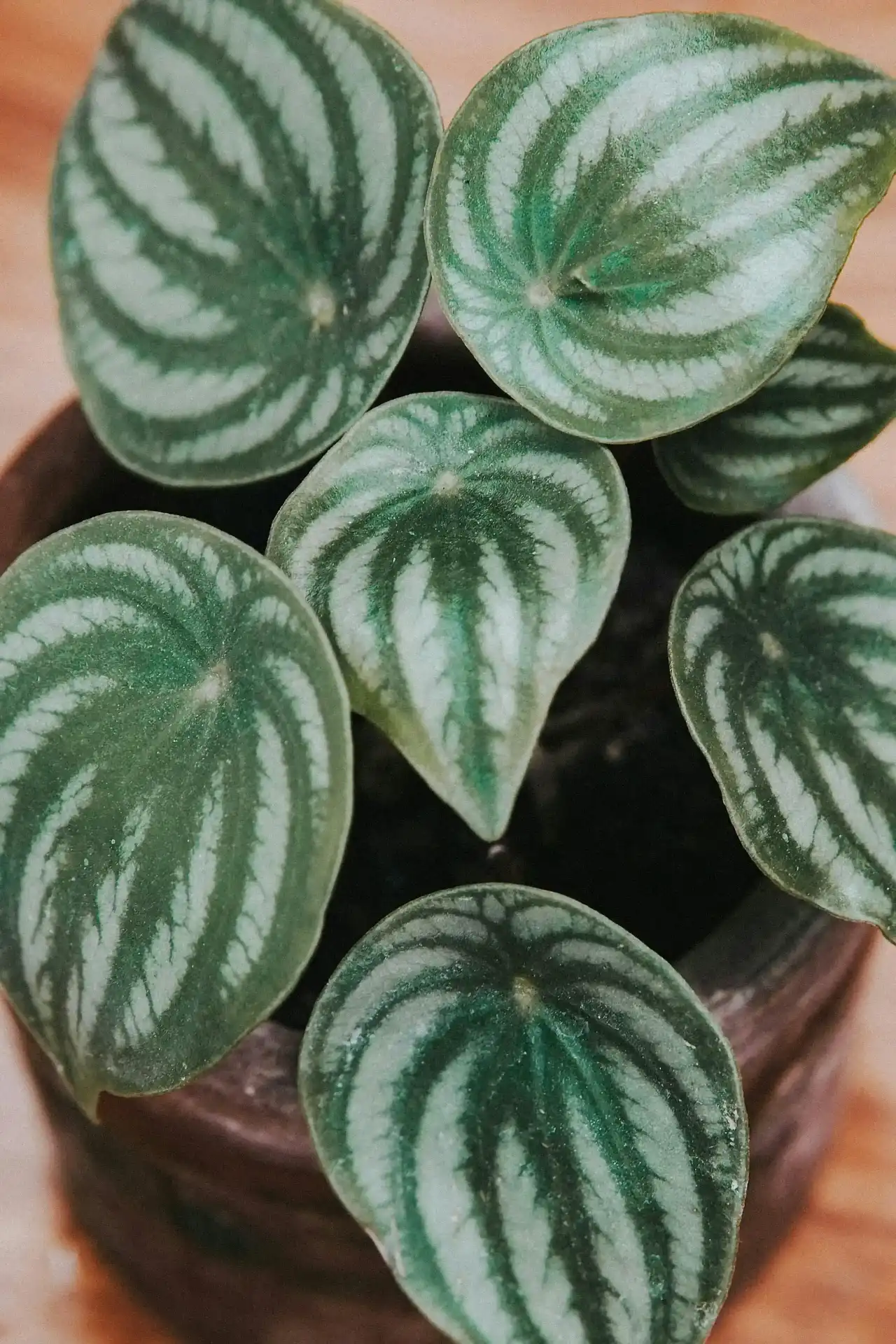
Watermelon Peperomia
Watermelon Peperomia is a tropical evergreen native to South America. It’s popular because of its easy-care nature, compact growth habit and, especially, those eye-catching leaves that look like tiny watermelon skins
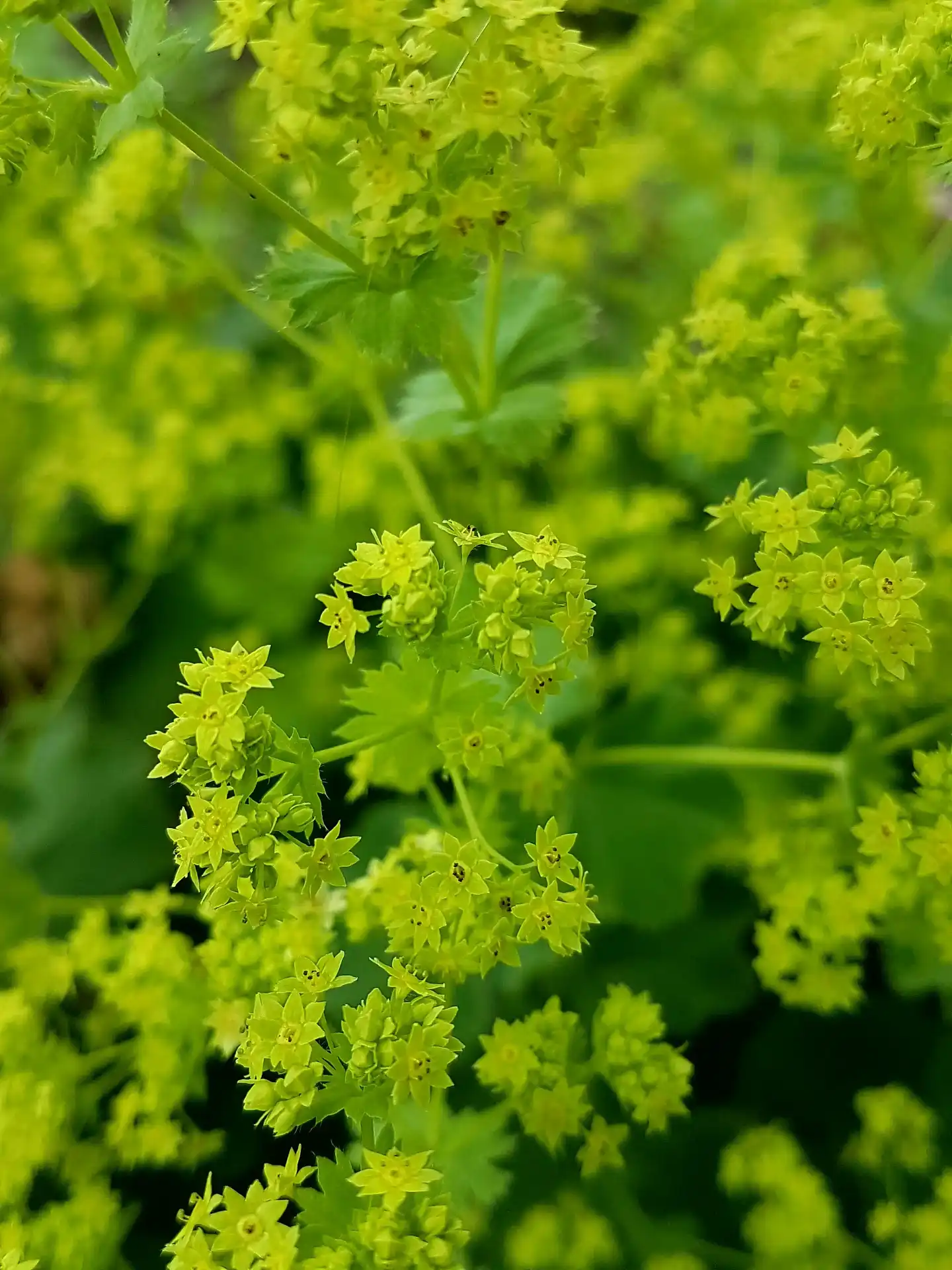
Lady’s Mantle
Lady’s Mantle is known for its velvety, scalloped leaves, which catch and hold raindrops as if they were liquid pearls. This old-fashioned perennial is not only gorgeous, it is extremely resilient, low maintenance and useful. It is a favorite for cottage
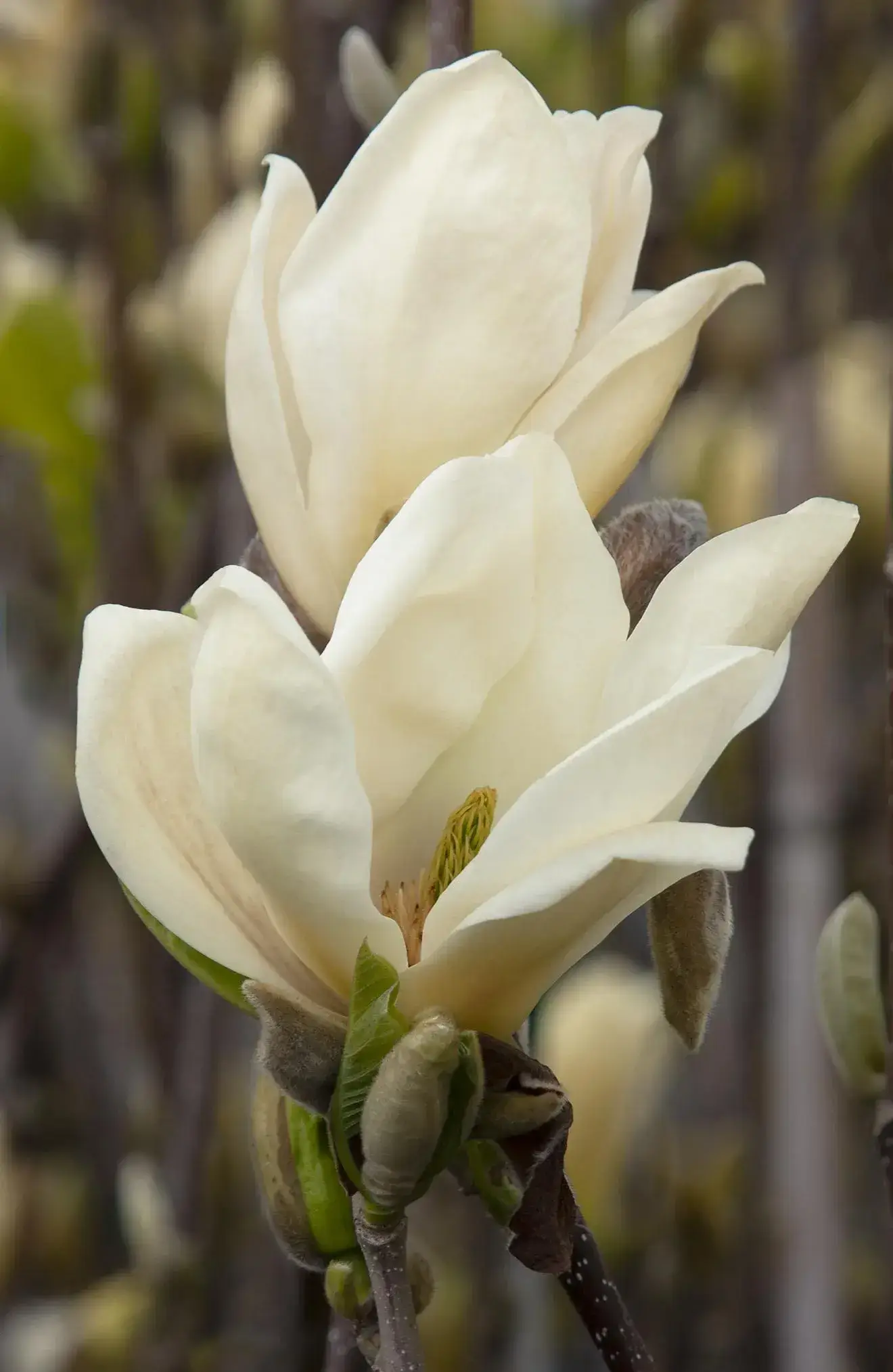
Elizabeth Magnolia
Magnolia 'Elizabeth' is a graceful deciduous tree known for its soft yellow, lemon-scented flowers that bloom in early spring before the foliage. With its upright form and subtle color, it’s a favorite for adding elegance to any landscape.
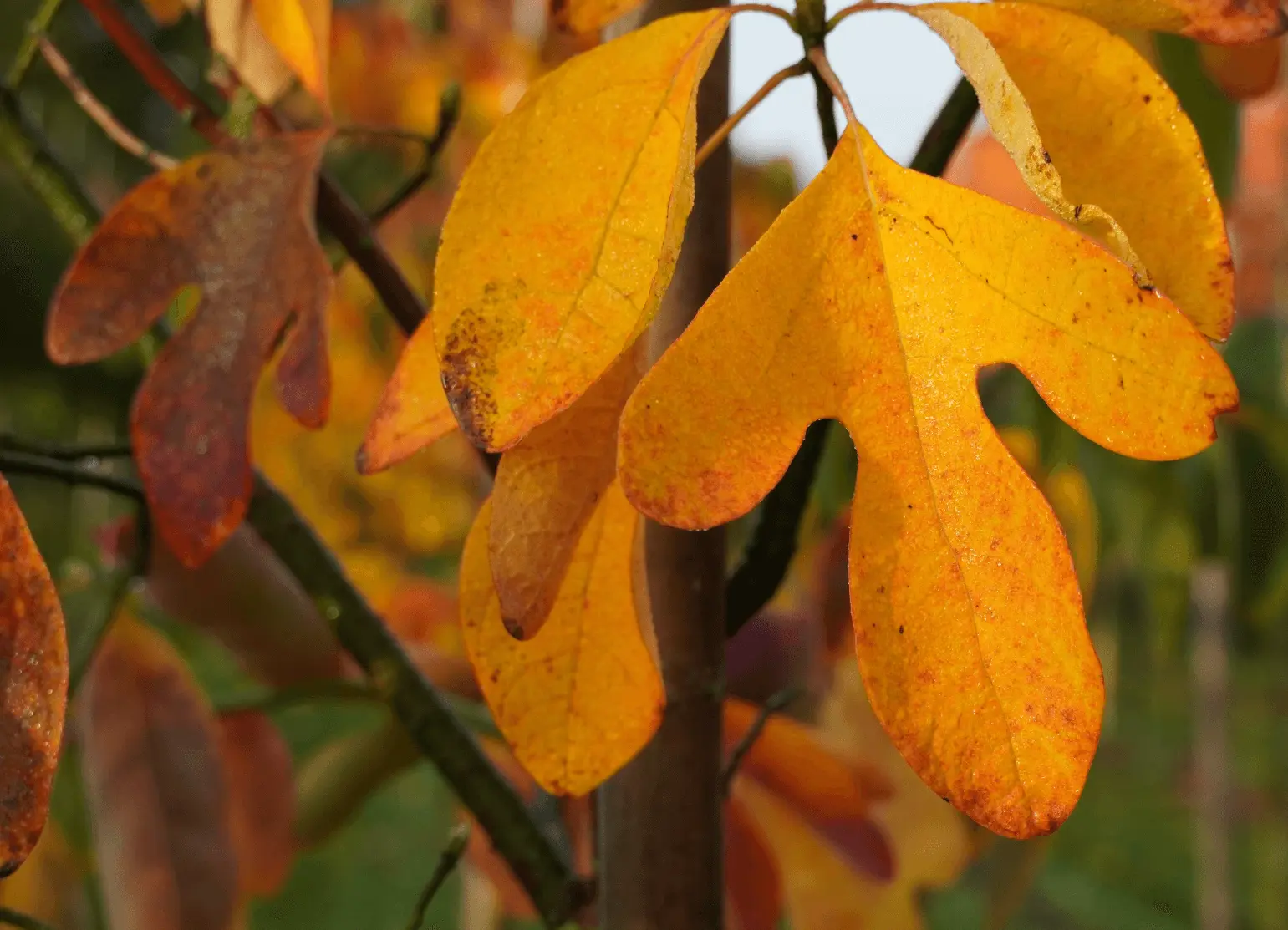
Sassafras
With its uniquely mitten-shaped leaves, spicy aroma, and a history rooted in both Native American tradition and Southern cooking, Sassafras is much more than an ornamental tree — it’s a living record of culture, utility and seasonal beauty.
Radishes are inexpensive, quick-growing plants, ideal for novice gardeners. These root vegetables will give you a crisp, tasty harvest within weeks with only a little care. If you pay close attention to the light, soil and watering, your radishes will grow strong and healthy.
Radishes do best in full sun. They require at least 6 hours of direct sunlight daily to flourish and produce the best flavor. Although they can tolerate a little light shade, with too little sun they can have poor growth and less flavorful roots.
Plant in loose, well-draining soil for optimal radish growth. Soil rich in organic matter will supply your radishes with the nutrients they need to flourish. A slightly acidic soil pH of 6.0-7.0 is ideal. To improve the soil's structure, you can add compost or organic matter, especially if your soil is heavy or clay-like.
Radishes like their soil consistently moist but do not like to sit in water. You need to water it well to keep the soil wet enough but not waterlogged. You might have to water more often when it’s hot.
Don’t allow the soil to completely dry out, since a careless watering schedule will yield bitter, harsh roots.
As they are root vegetables, radishes don't need a lot of pruning. But you need to thin seedlings once they start growing to ensure that the remaining plants have enough space to form healthy roots. Thin to about 2 inches apart. This prevents overcrowding and promotes best growth. You can also remove any leggy or weak plants to allow the stronger ones to thrive.
Radishes are typically grown from seeds, which can be sown directly in the garden or in containers. Here’s how to propagate them:
To Direct Sow: Plant radish seeds at a depth of about 1/2 inch, spaced 1-2 inches apart. Once seedlings appear, thin to provide adequate spacing for root growth.
When to Grow: Plant seeds every 2-3 weeks throughout the season for a continuous harvest of fresh radishes. They grow fast, taking only 3-4 weeks to harvest, and they can be replanted to keep your garden producing!
Growing radishes in pots is perfect for container gardening and works as long as you provide the right conditions:
Radishes are typically grown as annuals and are harvested before winter arrives. But if you live in a mild climate, you can try to overwinter them:
Radishes typically bloom in late spring to early summer, though they are often harvested before they flower. When they do bloom, radishes produce small white to purple flowers that grow in clusters.These flowers are followed by seed pods that contain the seeds for the next crop. If you leave radishes too long in the ground, the flowers and seed pods will form, and the roots will become tough and less flavorful.
Radishes are relatively easy to grow, but some common problems can occur:
Radishes are a great addition to any garden. They make for a simple and satisfying gardening experience as they are fast-growing, require little upkeep, and feature a crisp crunch. Whether you’re growing them in the ground or in pots, you’ll enjoy the vibrant color and fresh flavor they add to your plate. Radishes are a wonder of the garden, sprouting up just as quickly as they vanish from your salad bowl.
Radishes do best with consistent moisture. Water them about once or twice a week, ensuring the soil remains moist but not soggy.
Radishes can be grown inside containers indoors. Just ensure they get at least 6 hours of sunlight per day.
If you find your radishes are not growing well, they might be too crowded, not getting much light or because of poor soil drainage. Space well and amend the soil for optimal results.
Radishes are super quick to grow — they’re usually ready to harvest 3-4 weeks after sowing.

Soil Health & Fertilization
Victor Miller
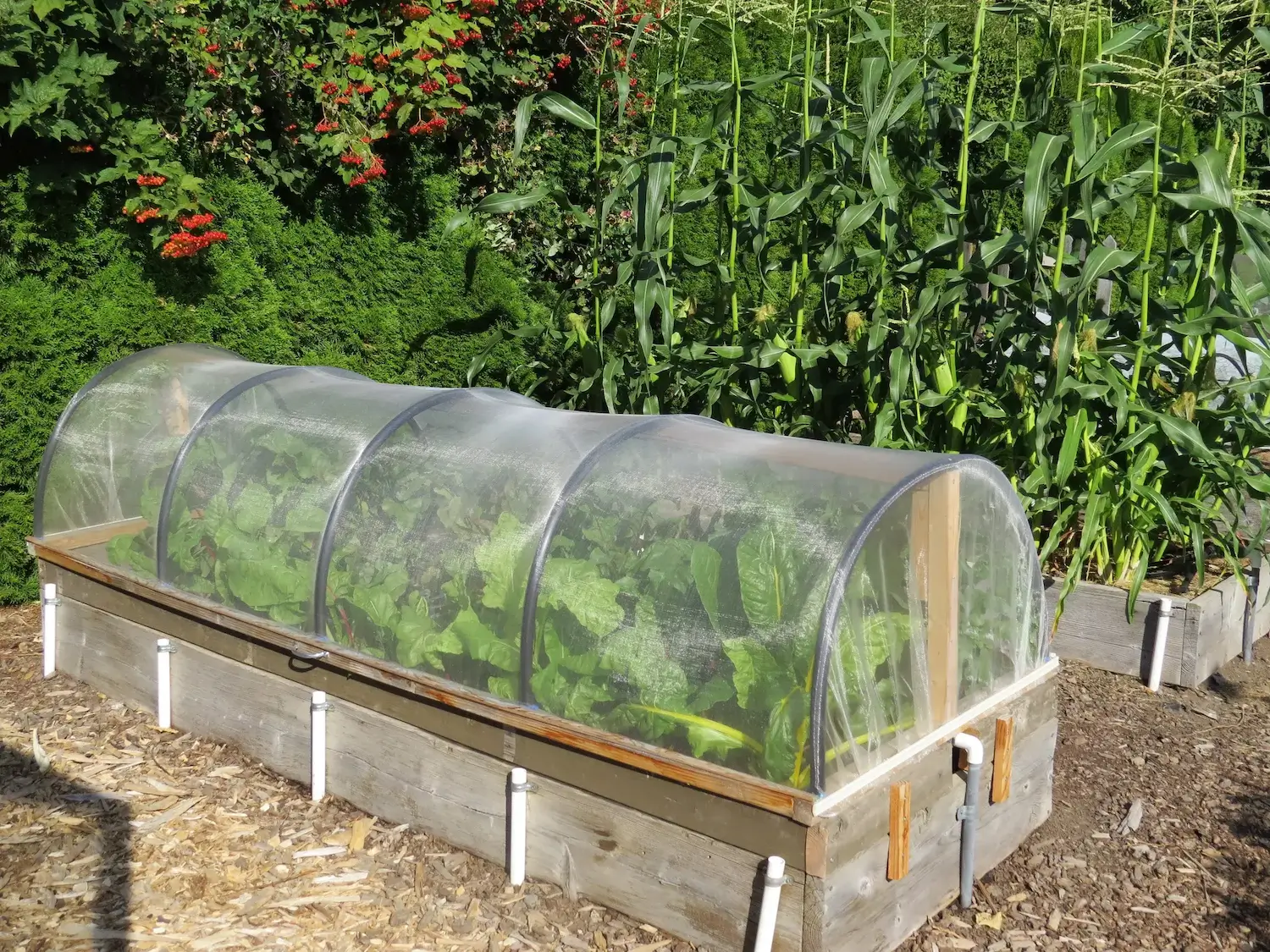
Pest Identification & Prevention
Victor Miller
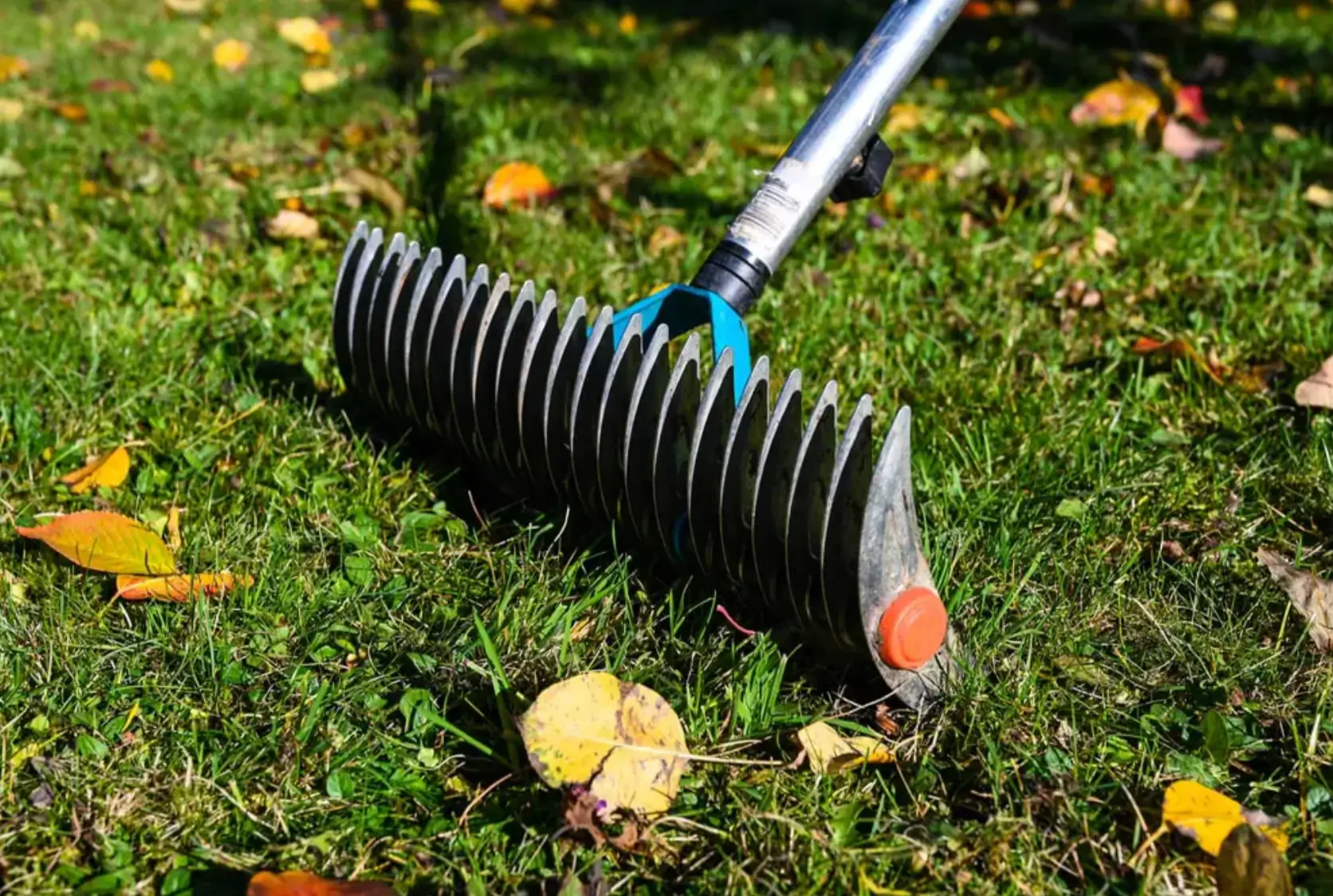
Lawn Care Tips & Maintenance
Victor Miller
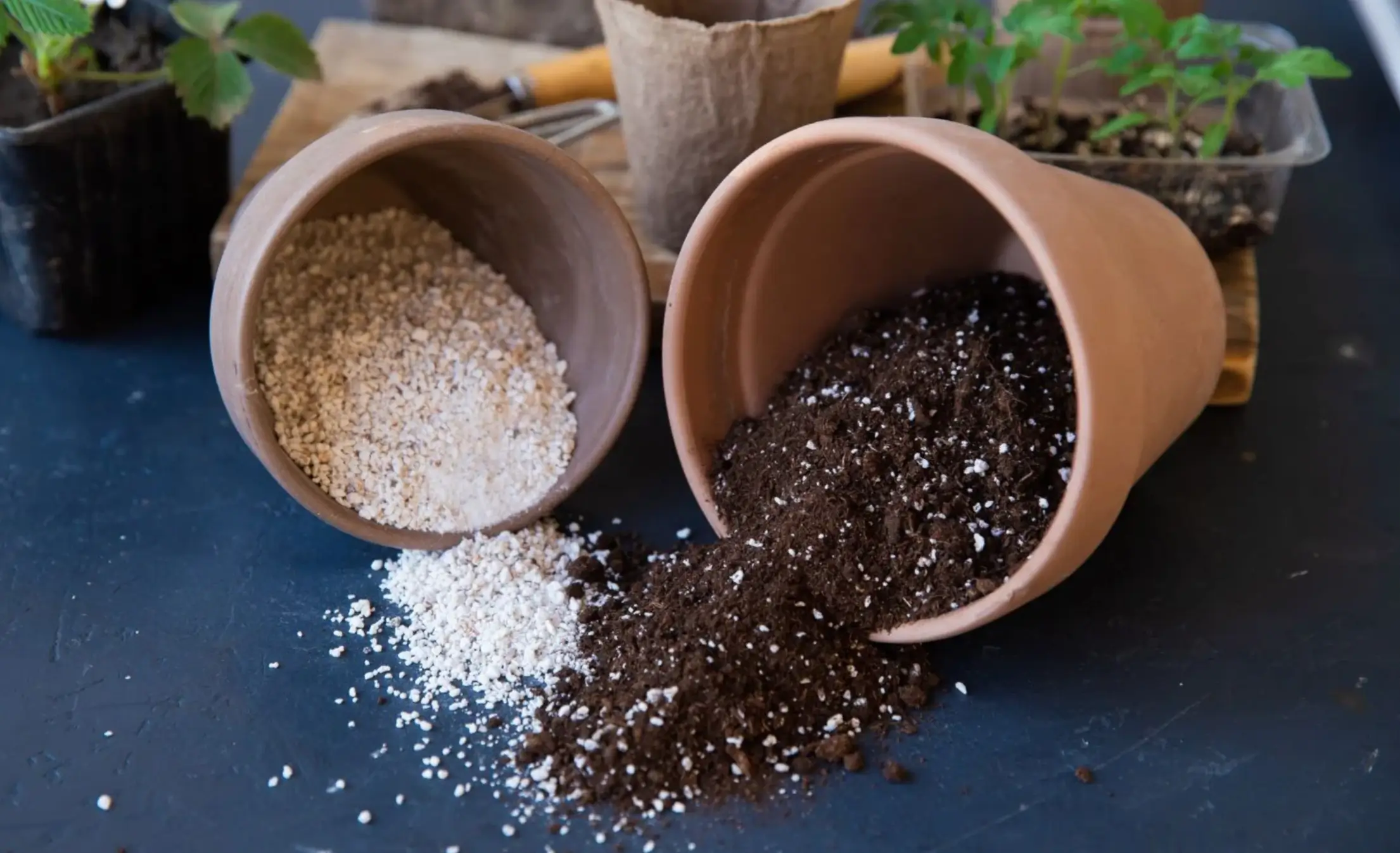
Soil Health & Fertilization
Victor Miller
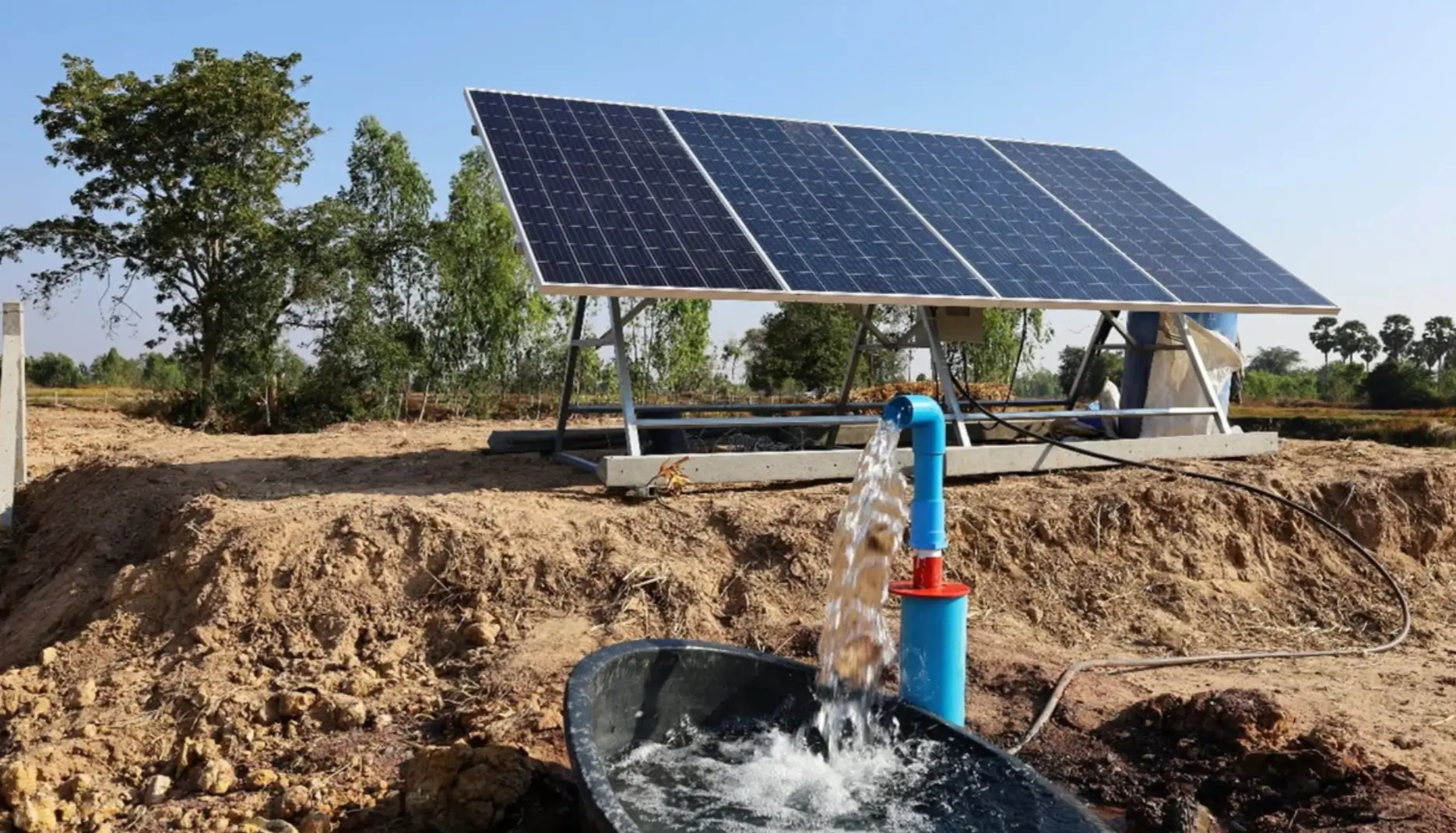
Smart Irrigation Systems
Victor Miller

Patios, Walkways & Driveways
Victor Miller
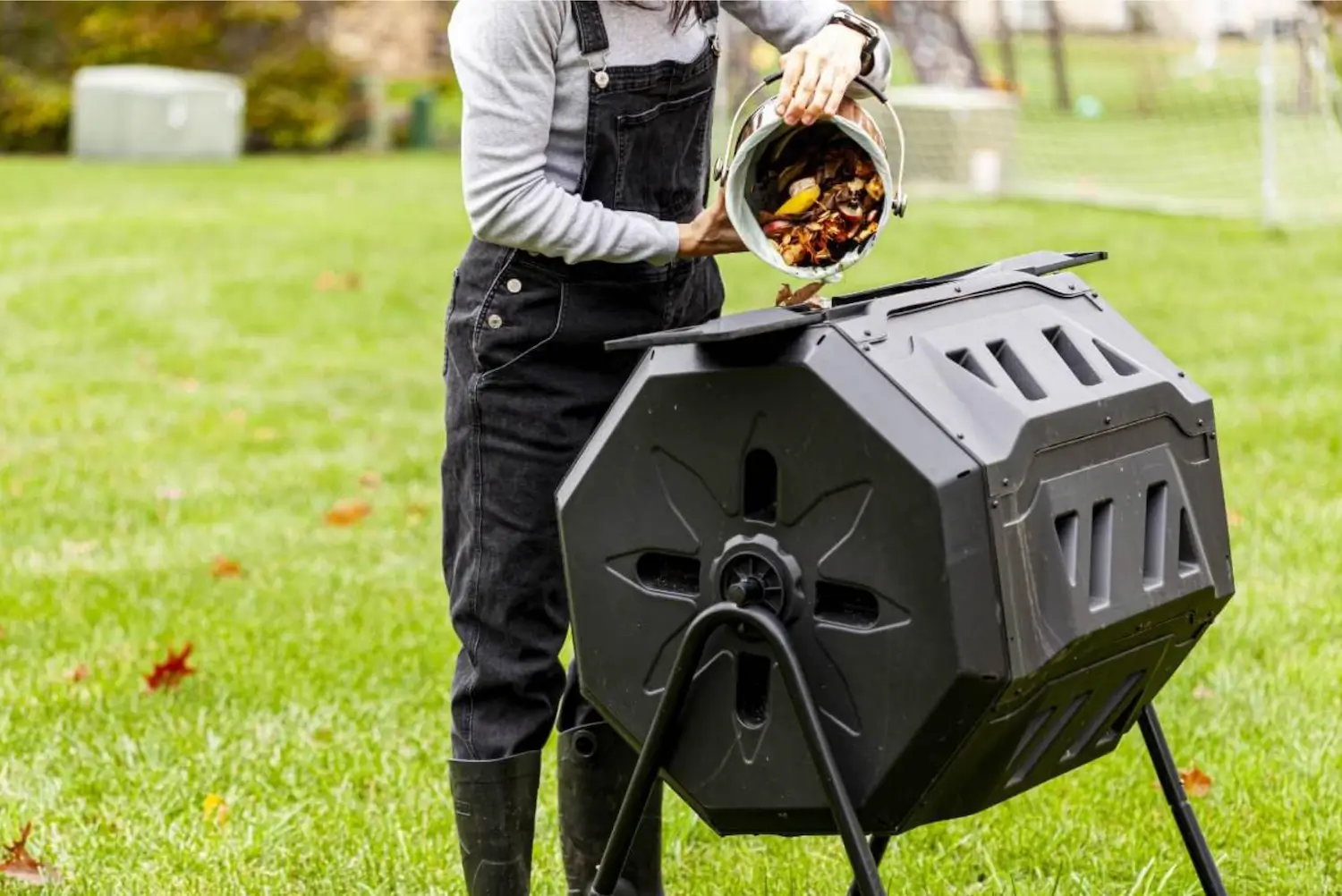
Soil Health & Fertilization
Victor Miller
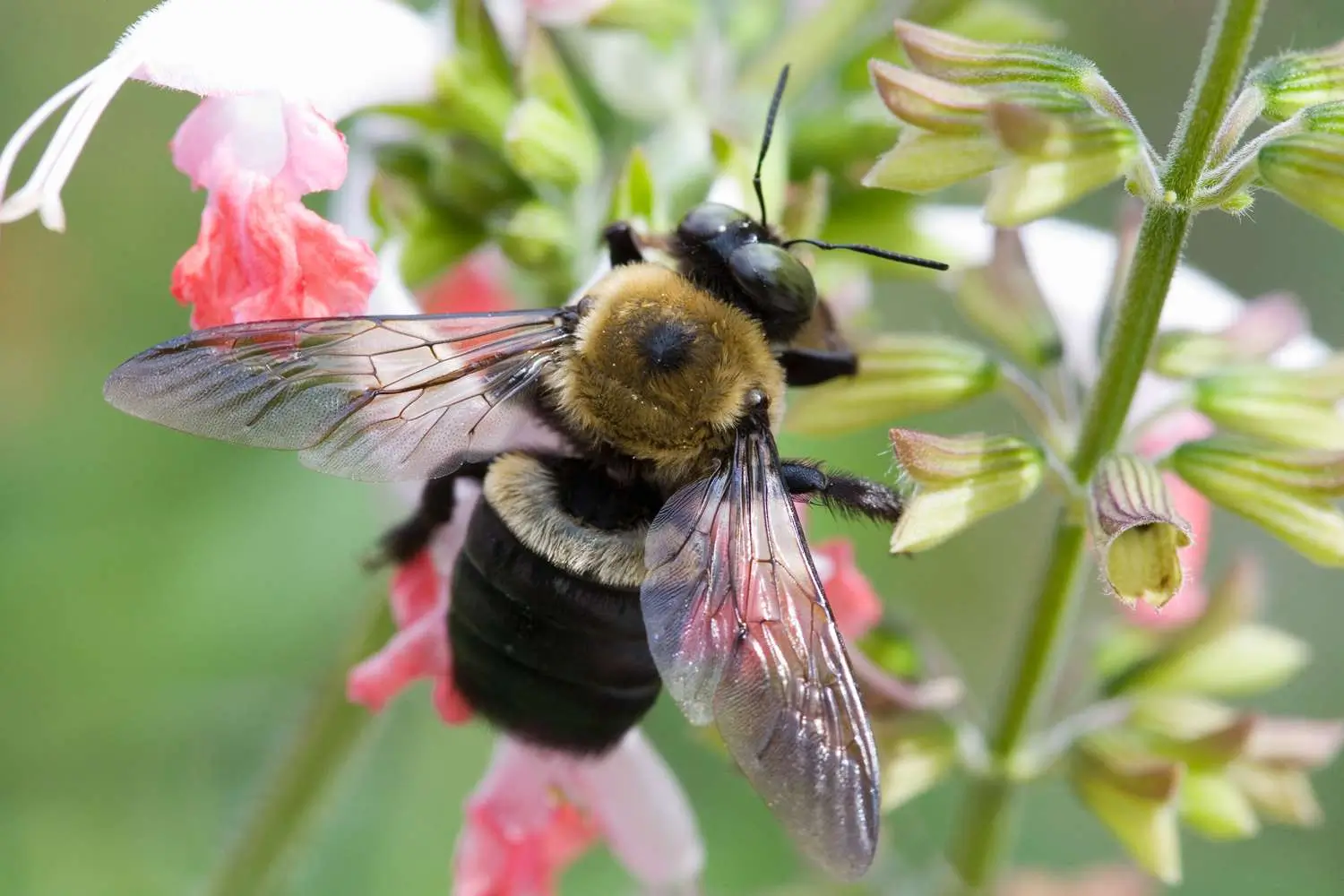
Pest Identification & Prevention
Victor Miller
My Account
Our team is always here to help.
We are open Monday - Friday, 9:00 AM to 4:30 PM PST.